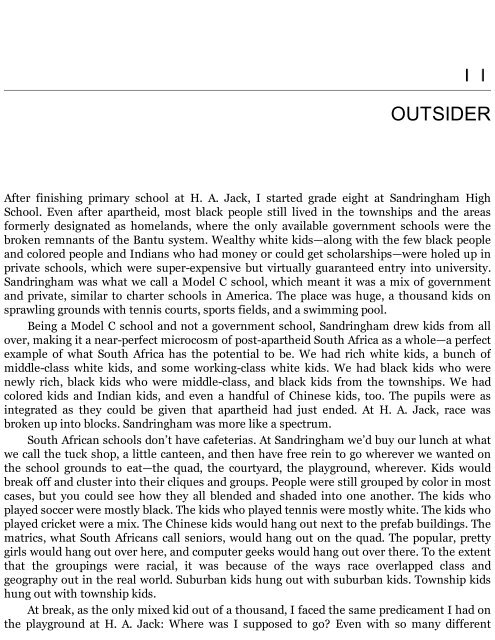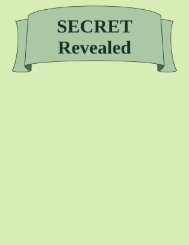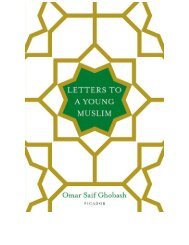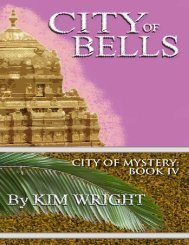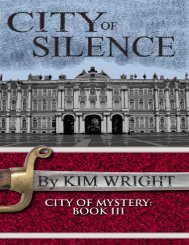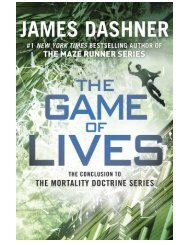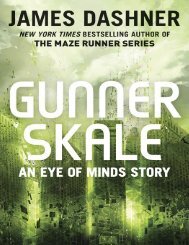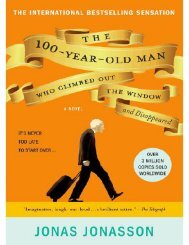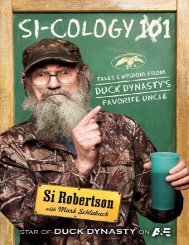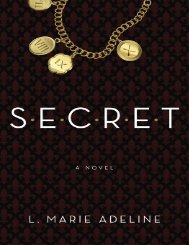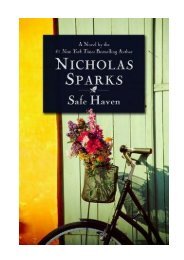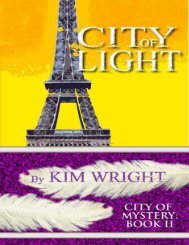Create successful ePaper yourself
Turn your PDF publications into a flip-book with our unique Google optimized e-Paper software.
OUTSIDER<br />
After finishing primary school at H. A. Jack, I started grade eight at Sandringham High<br />
School. Even after apartheid, most black people still lived in the townships and the areas<br />
formerly designated as homelands, where the only available government schools were the<br />
broken remnants of the Bantu system. Wealthy white kids—along with the few black people<br />
and colored people and Indians who had money or could get scholarships—were holed up in<br />
private schools, which were super-expensive but virtually guaranteed entry into university.<br />
Sandringham was what we call a Model C school, which meant it was a mix of government<br />
and private, similar to charter schools in America. The place was huge, a thousand kids on<br />
sprawling grounds with tennis courts, sports fields, and a swimming pool.<br />
Being a Model C school and not a government school, Sandringham drew kids from all<br />
over, making it a near-perfect microcosm of post-apartheid South Africa as a whole—a perfect<br />
example of what South Africa has the potential to be. We had rich white kids, a bunch of<br />
middle-class white kids, and some working-class white kids. We had black kids who were<br />
newly rich, black kids who were middle-class, and black kids from the townships. We had<br />
colored kids and Indian kids, and even a handful of Chinese kids, too. The pupils were as<br />
integrated as they could be given that apartheid had just ended. At H. A. Jack, race was<br />
broken up into blocks. Sandringham was more like a spectrum.<br />
South African schools don’t have cafeterias. At Sandringham we’d buy our lunch at what<br />
we call the tuck shop, a little canteen, and then have free rein to go wherever we wanted on<br />
the school grounds to eat—the quad, the courtyard, the playground, wherever. Kids would<br />
break off and cluster into their cliques and groups. People were still grouped by color in most<br />
cases, but you could see how they all blended and shaded into one another. The kids who<br />
played soccer were mostly black. The kids who played tennis were mostly white. The kids who<br />
played cricket were a mix. The Chinese kids would hang out next to the prefab buildings. The<br />
matrics, what South Africans call seniors, would hang out on the quad. The popular, pretty<br />
girls would hang out over here, and computer geeks would hang out over there. To the extent<br />
that the groupings were racial, it was because of the ways race overlapped class and<br />
geography out in the real world. Suburban kids hung out with suburban kids. Township kids<br />
hung out with township kids.<br />
At break, as the only mixed kid out of a thousand, I faced the same predicament I had on<br />
the playground at H. A. Jack: Where was I supposed to go? Even with so many different


